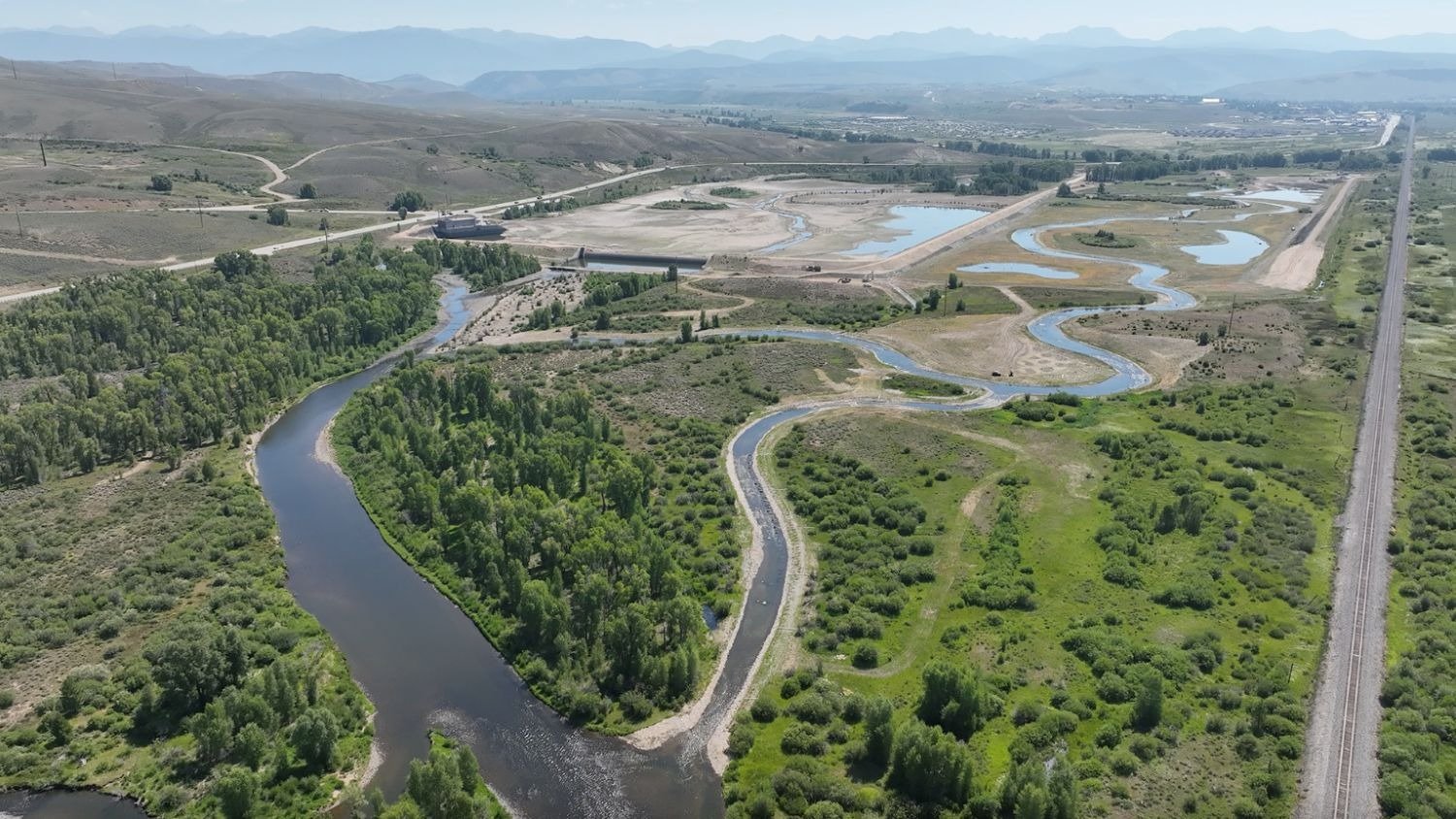Action Alert: Trout Unlimited Fights Water Quality Rollback
South Platte River, Denver, CO
For nearly 50 years, the Clean Water Act has been a tool for improving the quality of waters in Colorado and nationwide – reducing degradation from discharges of pollution into our waterways. Unfortunately, the Colorado Water Quality Control Commission is now considering a rollback of its anti-degradation rules that could allow for increased pollution discharges into many Colorado waters. Urban rivers like the South Platte in Denver or Arkansas in Pueblo would be especially at risk - but mountain streams could also see their protections weakened.
You can sign our petition to oppose the water quality rollback here.
Colorado’s long-standing anti-degradation rules limit pollution dischargers on how much they can degrade existing water quality for most rivers, even when current quality is above minimum standards. Those minimum standards work as a floor, not as a target. This has helped Colorado maintain and improve the quality of its waters over time.
More specifically – Colorado’s antidegradation rule provides for three levels of antidegradation protection. At one end of the spectrum, the Commission can designate waters that are so pristine that no degradation is allowed. These are called “outstanding waters” and must meet a rigorous water quality test and exhibit special qualities that merit the strict designation (e.g., they support conservation populations of native trout, or are in a unique site such as National Park).
At the other end of the spectrum, the rule provides for the designation of streams which allow for waters to be polluted down to the floor level established by water quality standards, whether or not there are compelling reasons for doing so. These are the so-called “use-protected” waters.
Waters that are not designated outstanding or use-protected are called “reviewable waters.” Degradation of these waters is allowed, but only to accommodate important economic or social development. Currently, most Colorado streams enjoy the middle level of protection afforded to reviewable waters.
The antidegradation rule implemented by the Commission for the past 33 years has narrowly limited the weakest use-protected designations to instances where the quality of the designated waters is already fairly poor. Under the proposed rule, the Commission may designate the stream use-protected even if it is of good quality but fails to meet standards for a single pollutant. For example, under the new rule, a stream that supports a good fishery but has occasional high stream temperatures could now be designated as use-protected, allowing additional degradation of the stream by polluters – and not only for temperature, but for any other contaminant, such as nitrates and metals.
Worse yet, increased pollution would be allowed even if the reason the stream fails to achieve higher quality in the first place is because of the pollution caused by the entity now asking for the weaker use-protected designation – so that they can be allowed to pollute even more.
Many likely waters for this weakened protection will be in urban areas, creating an environmental justice issue as well, where pollution can be disproportionately worsened in already disadvantaged communities. Indeed, the Commissioner proposing this change has previously suggested that “crystal clear mountain streams” should be protected from degradation, not our Front Range urban waters. Major urban river restoration investments (like those from Denver TU and its allies along the Denver South Platte) also will be at risk from increased pollution if those waters are moved to the weaker “use protected” status.
Instead of promoting further improvement in water quality, the proposed rule would allow far more waters to have the weakest anti-degradation protection – a lowest-common-denominator approach to water quality protection that will lead to declining water quality. Making matters worse – this proposal was initially buried in the rulemaking notice as a “clarification and correction.” Fortunately, TU and other allies were alerted to the proposal and have become parties to the rulemaking; we will fight vigorously against this rollback of water quality protection. You can read our coalition’s Prehearing Statement on the rule here. Those who want to speak out against this measure can help by signing a petition we have launched on our website. The Commission will be taking this issue up for action at its hearing on June 14th – stay tuned for additional updates as we work to stop the rollback!













